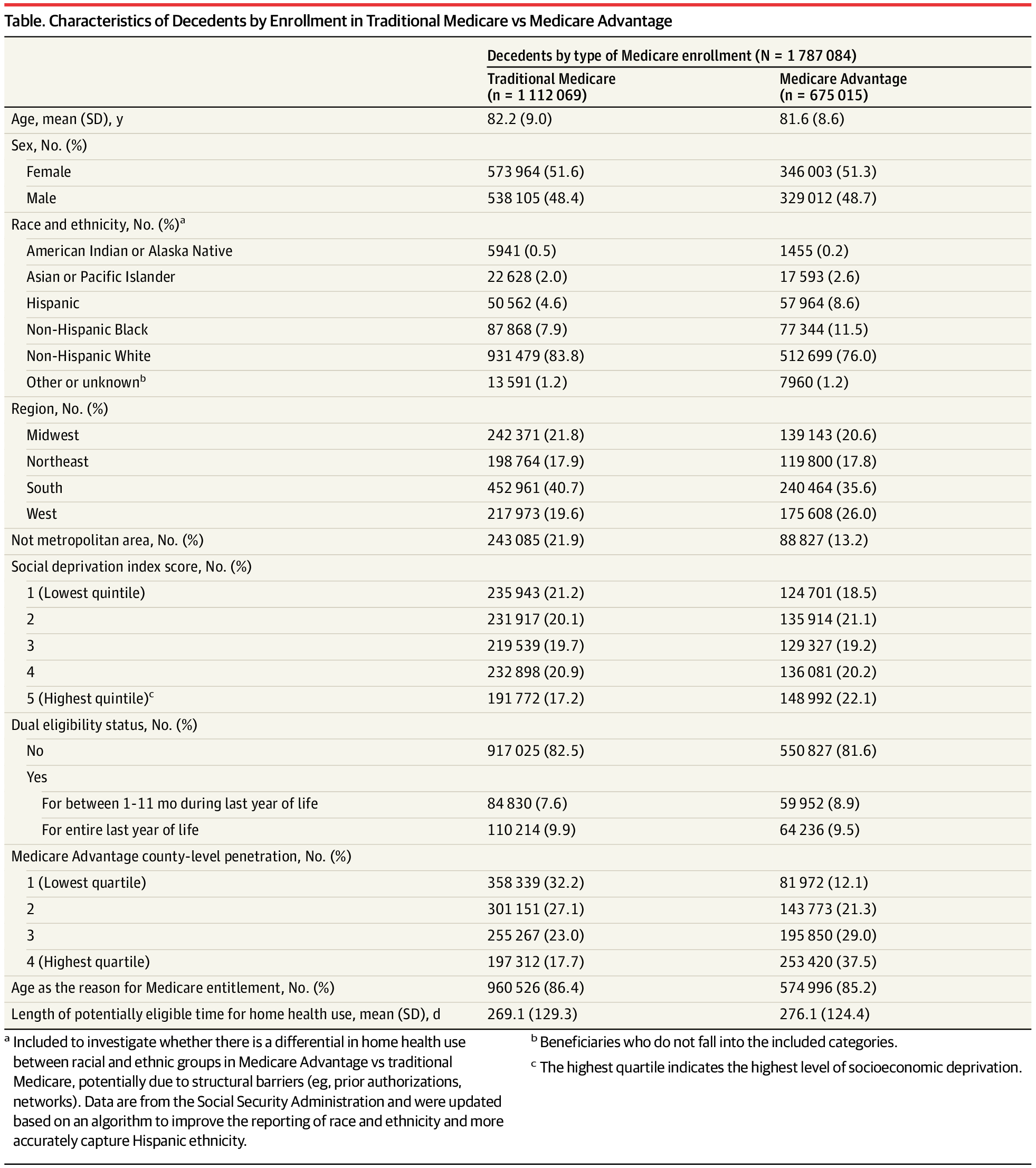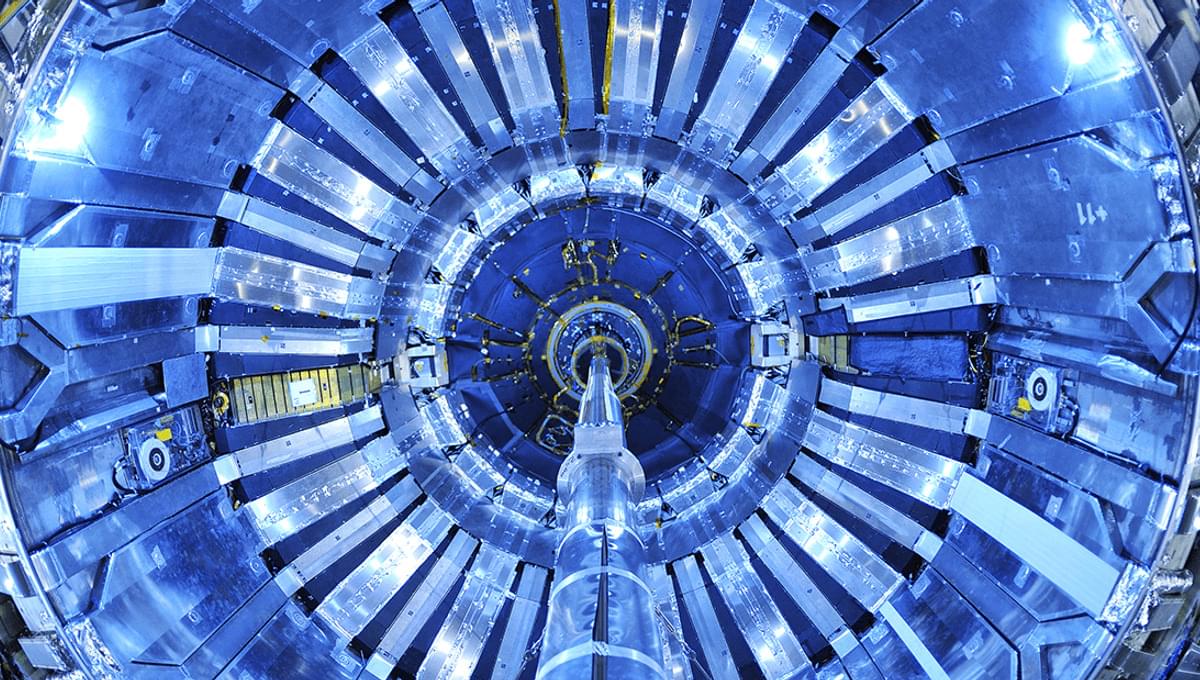Our ability to cooperate with others may be influenced by how our attention is captured and directed, as much as by how altruistic we are feeling.
According to a new study by researchers at the University of Birmingham jointly with the University of Zurich, choices made for individual reward or cooperatively for a joint reward can be influenced by presenting information to participants in configurations that naturally draw their attention. The results are published in Communications Psychology.
Cooperation—defined as the ability of individuals to incur a personal cost for the benefit of a group—is a fundamental aspect of human behavior. Understanding how we can foster cooperation is essential for tackling many global challenges, from climate change to the spread of infectious diseases—and understanding what motivates people to cooperate is key to this process.









